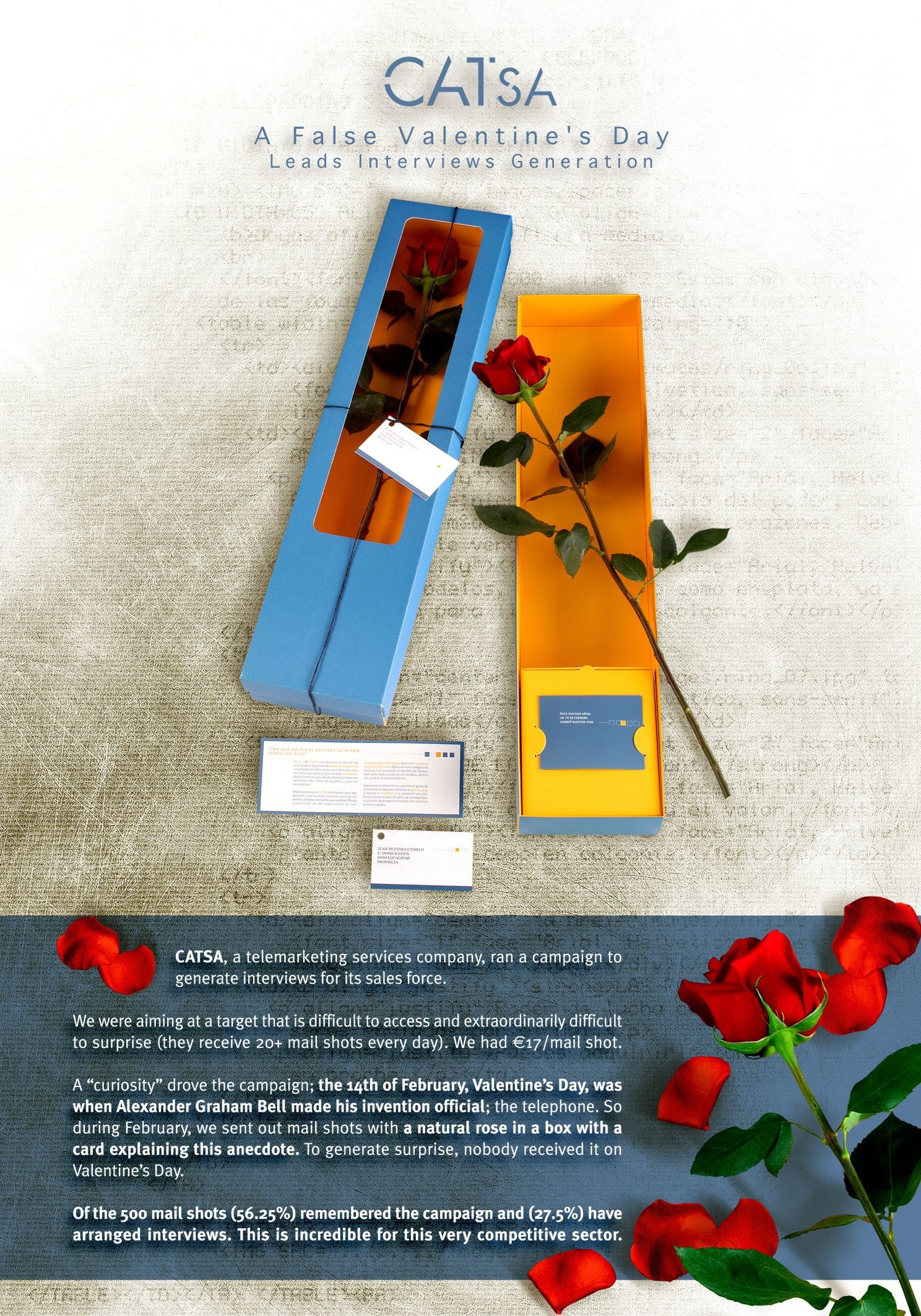Cannes Lions
NOT A BUG SPLAT
BBDO PAKISTAN, Lahore / REPRIEVE / FOUNDATION FOR FUNDAMENTAL RIGHTS / 2015


Overview
Entries
Credits
Overview
Description
Since 2004, Predator drone strikes in Pakistan have killed 1000+ innocent civilians. Including 200+ children. The Foundation for Fundamental Rights has been working to raise awareness of this crisis to bring a change in policy.
Drone pilots refer to human casualties as “bug splats” – because people do look like dot-like bugs from so far above. So we decided to show them their victim's face. A large 90 feet x 60 feet poster was laid out in NorthWest Pakistan, so that a drone camera would transmit it via satellite to a pilot's monitor thousands of miles away. The image was the face of an affected child.
3.5 billion impressions amounting to $182 million in earned media —accompanied with tweets by Pakistani politicians and an Islamabad High Court case against the operators— contributed to a change in policy that has seen innocent civilian and children deaths by drone strikes brought down to almost zero.
Execution
Through research, we found that drone pilots refer to human casualties as “bug splats” – because people do look like bugs from so far above: faceless dots in a vast landscape. We decided to counter this using the art of portrait photography.
At high personal risk of being targeted ourselves, we installed a large 90feet by 60feet poster in an area of NorthWest Pakistan that was being bombed. The poster image, large enough to be seen by drones, was of an actual victim who had lost her parents and siblings to a drone strike. The original damaged photograph was converted into a black-and-white image to create contrast against the landscape, and the resulting large poster - weighing 250kg - was carefully stitched due to its massive size. Villagers volunteered to help install it.
The image would be transmitted via satellite through the drone camera and beamed thousands of miles away to an operator’s screen. The poster was printed on weather-resistant material which, after a period, was recycled by villagers as roofing material for mud huts.
Once the poster was installed, we uploaded the image on an informational website, and pushed the campaign with a hashtag that delivered our powerful message: #NotABugSplat
Outcome
The campaign went viral overnight, making its way into the global news-sphere. We registered over 3.5 billion impressions in the news and 62+ million impressions on Twitter, amounting to a staggering $182+ million in earned media.
All for a budget that was under $1500.
The campaign was tweeted about by members of National Assembly of Pakistan, who raised the concern of drone strikes with the International Court of Justice. Two months later, the High Court in Islamabad registered a criminal case against the operators, a first of its kind. Rights activists in USA and Yemen have protested using our image, and the Tate UK has included the campaign in their learning program.
The latest US Government Accountability report indicates that all the negative publicity is affecting pilot morale. Pressure created by the hype against drone strikes has caused a shift in policy to now have stricter guidelines that prohibit drone strikes unless there’s a near certainty civilians won’t be harmed. Strikes have lessened, and the total number of civilians and children killed by drones since this work was put up last year - according to the Bureau of Investigative Journalism - has been brought down to almost zero.
Similar Campaigns
8 items





